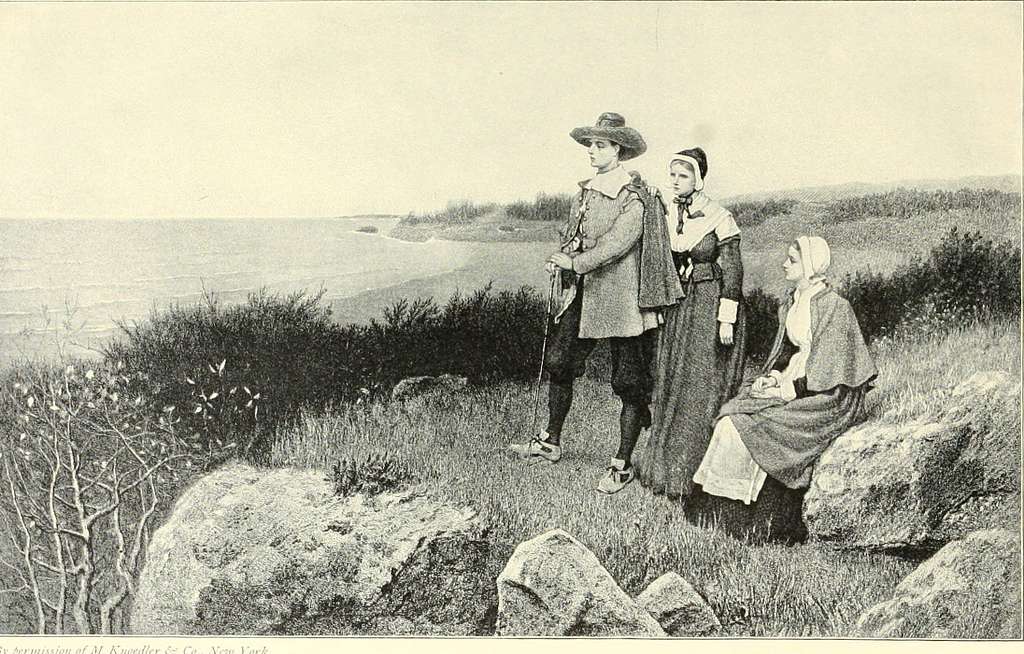The Timeless Nature of Ancient Epics
Ancient epics are foundational stories that have transcended generations, becoming cornerstones of literature and culture. These tales, whether it’s the Mahabharata, The Iliad, or The Epic of Gilgamesh, capture universal themes of heroism, loyalty, betrayal, and the human condition. Their influence extends far beyond their original cultures, inspiring countless adaptations and serving as a blueprint for storytelling across the world.
In modern storytelling, these timeless epics are revisited and adapted to explore themes that resonate with contemporary audiences. Writers and filmmakers draw on the rich symbolism and intricate plots of these ancient tales to craft stories that tackle modern issues such as justice, identity, and power. The adaptability of these epics allows them to remain relevant, bridging the gap between historical narratives and present-day challenges.
Cultural symbolism plays a crucial role in connecting these ancient stories with modern sensibilities. By weaving together past and present, storytellers can use the power of symbolism to highlight shared experiences and prompt discussions on how far society has come—and how far it still needs to go.
The Role of Cultural Symbolism in Literature
Cultural symbolism refers to the use of symbols that carry deep meanings within a particular cultural context. These symbols go beyond their literal sense to represent complex ideas, emotions, and societal values. In literature, cultural symbols are essential for adding layers of meaning and connecting readers to the underlying themes of a story.
In ancient epics, symbols are prevalent and potent. For example, in the Mahabharata, the chariot symbolizes both divine guidance and the weight of moral decisions. In The Odyssey, the sea represents the unpredictable nature of life’s journey and the challenges of personal growth. These symbols resonate with universal human experiences, making them timeless tools for storytelling.
The use of cultural symbolism in literature reflects identity and collective memory. When authors integrate these symbols into modern storytelling, they create a bridge that connects the reader’s present-day reality with the deeper, historical significance of those symbols. This connection makes stories more relatable and impactful, offering readers insight into both their culture and the shared human experience.
Retelling Ancient Epics: Why It Matters
Retelling ancient epics is not just about preserving old stories; it’s about making them relevant to modern audiences. Authors and creators revisit these epic tales to breathe new life into them, showing that the themes they explore—such as good versus evil, the search for identity, and the quest for justice—are still pertinent today.
Modern retellings provide fresh perspectives and often incorporate elements that resonate with today’s audiences, such as gender equality, social justice, and personal freedom. By adapting these stories, creators can highlight how societal norms and values have evolved and how the core lessons of ancient tales still apply. For example, Circe by Madeline Miller reimagines the life of the sorceress from The Odyssey, emphasizing themes of female empowerment and resilience in a way that speaks to contemporary issues.
Retellings can make these stories more accessible, especially to younger audiences who may not connect with the original texts due to their language or context. By incorporating modern sensibilities, authors ensure that these stories are not just relics of the past but living narratives that inspire and provoke thought.
Symbolism in Contemporary Retellings
Key symbols from ancient epics often find new life in modern interpretations. Symbols such as justice, divine intervention, and loyalty are adapted to reflect current themes and societal concerns. For instance, the symbol of divine guidance in ancient epics can be reimagined as the internal moral compass that guides modern protagonists through their challenges.
These symbols draw parallels between historical struggles and present-day issues. In movies and books that reinterpret ancient stories, justice may not just be about grand battles but about social equality and fair treatment. Loyalty might be explored through personal relationships, emphasizing the bonds that help characters endure adversity.
A powerful example of cultural symbolism in modern storytelling is The Green Knight, a film adaptation that reimagines the medieval tale of Sir Gawain and the Green Knight. The film uses the original story’s themes of chivalry and bravery while incorporating modern symbolism about self-discovery and the quest for identity.
Modern Sensibilities: Addressing Current Societal Issues
Modern retellings of ancient epics often tackle topics that resonate with current audiences, such as power dynamics, identity, and social change. By reinterpreting traditional stories through a contemporary lens, authors can challenge conventional norms and promote progressive values. This approach allows these tales to speak to new generations while sparking dialogue about society’s evolution.
For instance, stories that revisit epic battles or grand quests might now explore themes like personal freedom, diversity, and resilience against oppressive systems. By blending the past with the present, authors can highlight ongoing struggles, showing that while societies change, some challenges remain.
The significance of blending historical and modern elements lies in creating stories that feel relevant and insightful. It shows readers that ancient wisdom still holds lessons for today’s world and that the human experience, despite centuries of change, is rooted in shared emotions, challenges, and dreams.
Retelling ancient epics with a contemporary twist allows both the preservation of cultural heritage and the exploration of modern perspectives. It keeps storytelling dynamic and bridges the gap between generations, reminding readers that the symbols and lessons of the past are as alive today as they were centuries ago.
Examples of Contemporary Works Inspired by Ancient Epics
Modern literature and cinema have embraced the power of ancient epics, reimagining them in ways that resonate with contemporary audiences. Notable examples include:
- Circe by Madeline Miller: This novel reinterprets the story of Circe, the enchantress from The Odyssey. Miller brings Circe’s character to life by exploring themes of independence, power, and resilience, transforming her from a side character into a complex protagonist. The book uses cultural symbols such as witchcraft and exile to address themes of female empowerment and personal transformation.
- The Green Knight (film): Based on the 14th-century poem Sir Gawain and the Green Knight, this film adapts the epic with modern visual storytelling and themes of self-discovery. It infuses cultural symbols of chivalry and honor with existential questions about courage and purpose, making the story relevant for today’s audiences.
- Home Fire by Kamila Shamsie: Inspired by the ancient Greek tragedy Antigone, this novel addresses themes of family loyalty, state power, and personal sacrifice. Shamsie’s retelling intertwines these age-old themes with current issues such as immigration and terrorism, showcasing how ancient narratives can illuminate modern-day struggles.
These works are excellent examples of how storytelling rooted in ancient epics can reflect current societal issues while honoring the source material. Readers are encouraged to explore these stories to see firsthand the potential of merging past and present narratives through cultural symbolism.
The Balance Between Tradition and Innovation
Creating a contemporary retelling of an ancient epic involves striking a delicate balance between respecting the original narrative and infusing it with new perspectives. Maintaining this balance allows creators to honor the essence of the story while making it accessible and meaningful to modern audiences.
One of the main challenges is staying true to the historical and cultural context without losing creative freedom. Authors must navigate between authenticity and innovation, ensuring that their interpretation doesn’t stray too far from the core values and messages of the original. However, this challenge presents an opportunity to expand the narrative, include diverse voices, or highlight overlooked aspects of the story that align with today’s themes.
Writers can respect tradition by preserving key symbols, characters, and plot elements while updating themes and dialogues to reflect current societal norms. This approach ensures that the story resonates with modern readers without erasing its historical significance.
The Impact on Readers and Cultural Discourse
Retellings with cultural symbolism play a significant role in shaping how readers understand and appreciate shared heritage. These stories offer a bridge between generations, showcasing the timeless relevance of human experiences found in ancient epics. By reimagining these tales, writers can foster discussions about cultural identity, collective memory, and the evolving nature of societal values.
Modern retellings can spark conversations on how history and myths shape cultural beliefs and behaviors. They encourage readers to think critically about the lessons embedded in traditional stories and how those lessons apply in contemporary contexts. This approach not only keeps cultural traditions alive but also makes them adaptable to future generations.
The continued reinterpretation of ancient tales contributes to the richness of cultural discourse by allowing readers to see familiar stories through new lenses. It reinforces the idea that while cultures may evolve, the core values and struggles reflected in their stories remain relevant, fostering a deeper connection to shared human experiences.
Tips for Aspiring Writers: Creating Your Own Modern Retelling
For aspiring writers interested in retelling ancient epics with a modern twist, starting with a thorough understanding of the original story is crucial. Identify the core themes and symbols that give the story its power, whether it’s loyalty, betrayal, redemption, or divine justice.
Research is essential for capturing the historical and cultural context of the epic. However, to make it resonate with today’s readers, think about modern parallels or current issues that align with these themes. This could include exploring topics such as social justice, equality, or personal freedom.
It’s important to respect the source material while making room for new interpretations. Writers can add fictional characters or shift the focus to lesser-known figures to provide fresh perspectives. Ensuring that the narrative feels authentic yet novel involves blending research with creativity and empathy.
The Power of Reimagined Tales
Cultural symbolism in modern storytelling serves as a bridge between the past and the present, breathing new life into ancient epics while keeping their lessons relevant. These retellings not only entertain but also inspire deeper thinking about the connections between history, culture, and the challenges we face today.
Readers are encouraged to delve into retellings that challenge, engage, and provoke thought. By doing so, they can appreciate how stories rooted in tradition continue to spark dialogue, foster empathy, and remind us of our shared human journey. Storytelling, with its timeless themes and symbols, ensures that the wisdom of the past remains a vital part of contemporary life.

